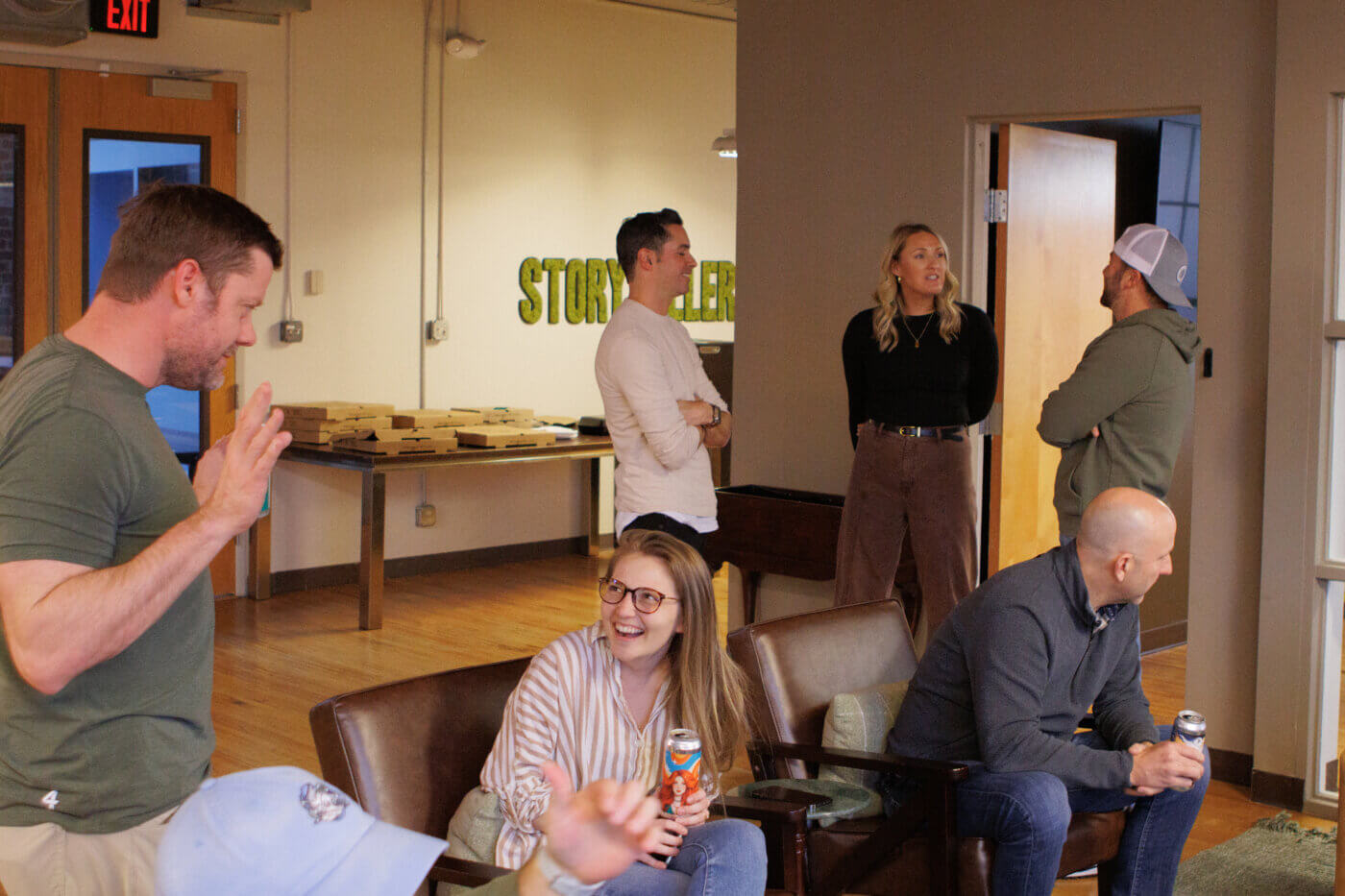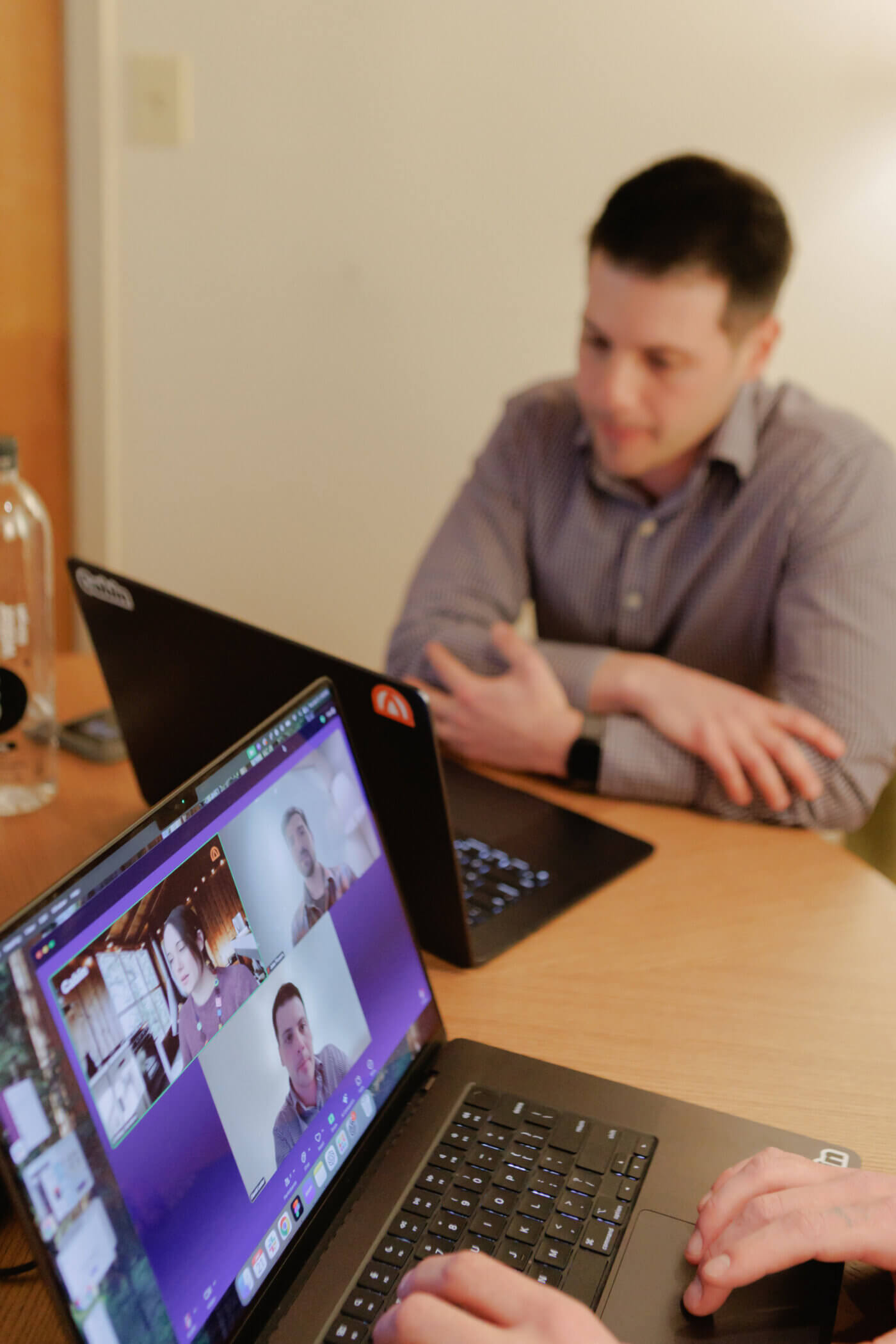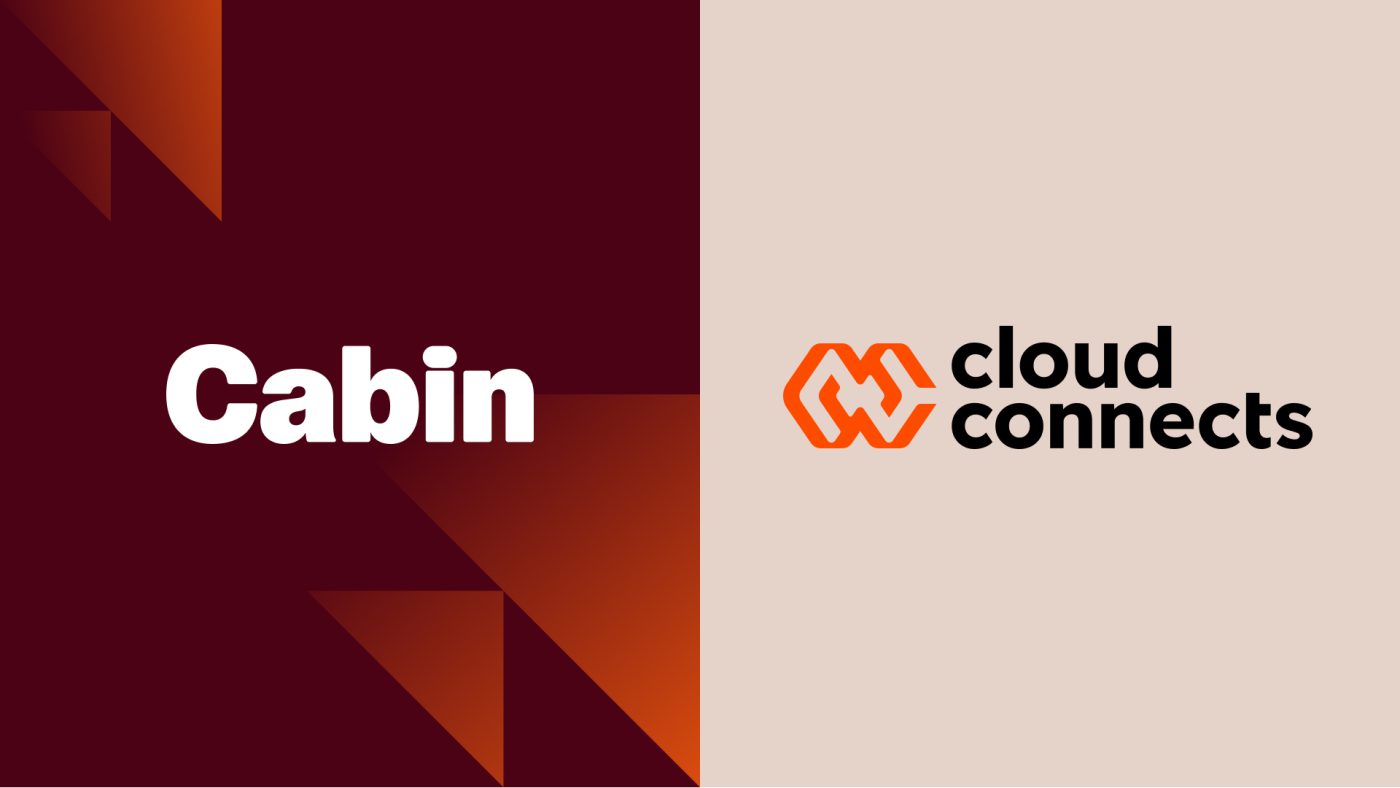AI Isn’t Smart Until It’s Human

AI isn’t truly intelligent until it understands and serves human needs.
Most AI projects fail the way bad maps fail: they look impressive and are full of detail and precision, but they leave out the paths people actually use. Tech leaders get obsessed with the topography of the model—the clever trick or the accuracy score—and forget the messy, lived pathways of human beings.
A map that doesn’t help you reach your destination isn’t a map. An AI that doesn’t help humans act isn’t intelligence.
With AI, human-centered design isn’t optional. It’s existential. If people don’t trust, understand, or feel seen by the system, it doesn’t matter how powerful the algorithm is. A model can be state-of-the-art and still be useless if the humans it’s meant to serve roll their eyes and go back to their spreadsheets.
When Technology Outpaces Craft
Right now, organizations are designing AI like a chef who just discovered truffle oil. A drizzle can taste great on a plate of pasta or make a simple risotto amazing. But now that truffle oil is showing up in pancakes, popcorn, and even ice cream. What’s driving the menu is the novelty of the ingredient, not the taste buds of the diner. The tech is out ahead of the craft. Teams launch features based on “What can we automate?” or “How fast can we ship it?” instead of the only question that matters: “How does this actually help someone?”
It’s not that AI is inherently anti-human. Rather, it’s that most of the time, we’re teaching it in all the wrong ways. We obsess over model accuracy but forget that humans are wired for empathy, trust, and context. Those qualities don’t emerge by accident. They have to be designed in.
Teaching Empathy to a Machine
Take healthcare chatbots. Some explain their reasoning in plain language: I’m recommending you see a doctor because your symptoms suggest pneumonia. Others spit out a cryptic score or set of cryptic medicalese instructions. Guess which one patients trust? Accuracy matters, but what people actually respond to is communication that feels recognizably human.
Or consider fraud detection in banking. The best systems don’t just flag “suspicious activity” and freeze your account. They give you a path to respond, appeal, or even teach the system: Yes, that was me buying a chainsaw at 11pm. It’s the difference between AI as a faceless cop and AI as a skeptical friend who’s willing to listen and learn.
Even in creative tools, the pattern repeats. The AI that tries to take over the canvas ends up ignored, like a karaoke machine that insists on singing for you. The ones that actually stick are actual copilots: the systems that hand you a few rough sketches, a turn of phrase, or a nudge toward the next step. They don’t replace the human voice; they give it more room to breathe.
Designing for Recovery, Not Perfection
Here’s the hard truth: AI will make mistakes. So do humans. So do maps. The measure of a human-centered system isn’t whether it avoids error altogether, but whether it helps people recover when error inevitably happens. “Undo” options, human next steps, clear explanations; these are the boring little design details that actually build trust.
Trust, after all, isn’t built by pretending the system is flawless. It’s built by showing how the system handles being wrong.
And let’s not forget who the system is for. Too often, AI is trained and tested on the “average” user and then pushed into the world assuming everyone thinks the same way. But real humans don’t live in averages. They live at the messy edges: the chronic patient with three conditions, the immigrant with a nonstandard address, the gig worker juggling five jobs. If your AI only works for the median case, it doesn’t work.
What It Really Means to Teach AI
Teaching AI to be human-centered is a lot like raising a child. You don’t just bolt empathy on at the end. You model it, you reinforce it, and you expose it to the rich variety of human experience. You make sure it knows how to say “I don’t know” and how to recover when it screws up. You insist it treats people with respect, not because it boosts the accuracy score, but because it makes the relationship sustainable.
The real opportunity isn’t to build AI that acts smart. It’s to build AI that actually helps humans navigate their world with more confidence. A good AI is like a good map: clear enough to trust, humble enough to admit where footpaths are better than highways, and useful enough to help you find your way.














